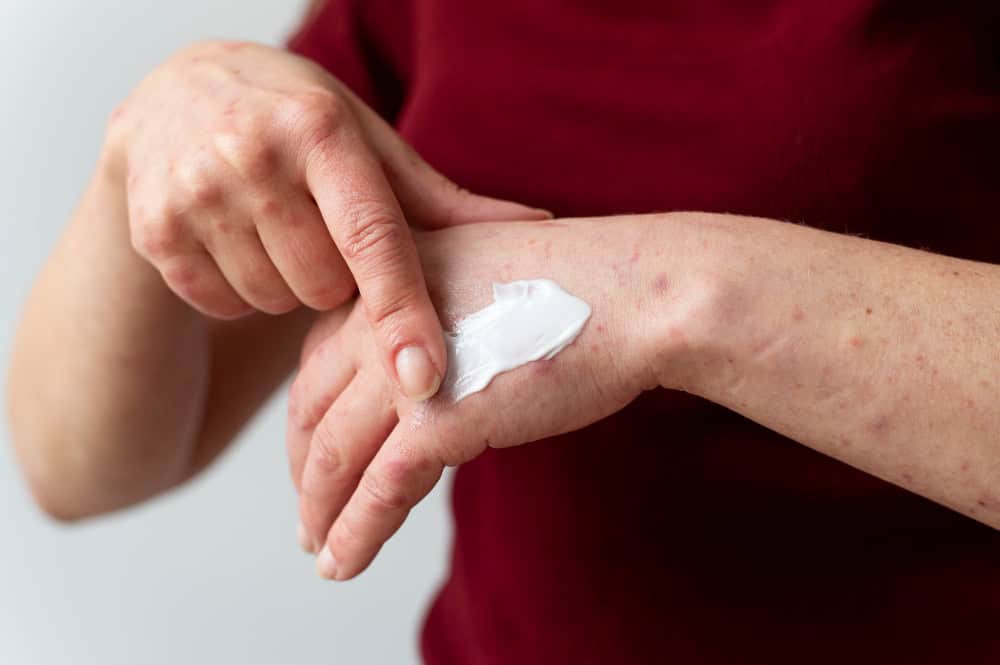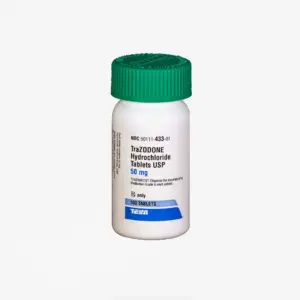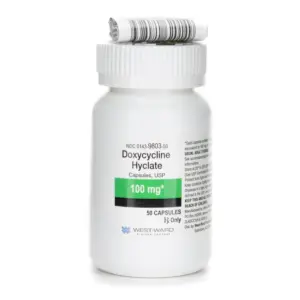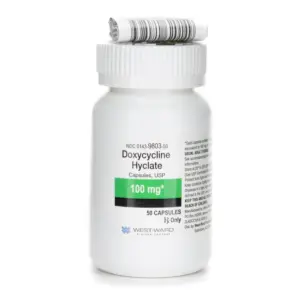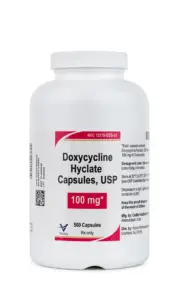
Combining Differin and Benzoyl Peroxide Effectively
Transform your health journey with our top practitioners. Speak with a provider today to see what treatment is right for you.
- Appointments any day of the week
- Licensed healthcare providers in your state
- 24/7 patient support
Acne is a common skin condition that affects millions of people worldwide. If you’re struggling with acne, you’ve likely come across various treatments and solutions. Two popular options are Differin and Benzoyl Peroxide, both known for their effectiveness in treating acne. But can you combine Differin and Benzoyl Peroxide to create an even more powerful acne-fighting regimen? Let’s explore how to use these two treatments effectively together for clearer skin.
Understanding Differin and Benzoyl Peroxide
Before diving into how to combine these products, it’s important to understand what each does for your skin.
What is Differin?
Differin, also known by its active ingredient Adapalene, is a type of retinoid. Retinoids are derivatives of Vitamin A and are known for their ability to promote skin cell turnover, unclog pores, and reduce inflammation. Differin is available over-the-counter in a 0.1% gel formulation, making it accessible for those looking to improve their acne.
The Science Behind Differin
Adapalene, the active ingredient in Differin, works at a cellular level to regulate skin cell growth. By encouraging old cells to die and be replaced by new ones, it helps to maintain clear pores. This process not only reduces acne but also enhances skin texture and tone.
Differin’s Role in Acne Prevention
By promoting regular skin cell turnover, Differin prevents the buildup of dead skin cells that can clog pores. This preemptive action is crucial in preventing the formation of new acne lesions, making Differin an essential part of a long-term acne management plan.
Accessibility and Usage
Since Differin is available over-the-counter, it’s an accessible option for many. Its user-friendly gel formulation is easy to apply and integrates seamlessly into existing skincare routines. This convenience has made it a popular choice for those seeking effective acne solutions without prescription barriers.
What is Benzoyl Peroxide?
Benzoyl Peroxide is a powerful antimicrobial agent that works by killing bacteria on the skin, reducing inflammation, and helping to clear clogged pores. It comes in various concentrations, with common ones being 2.5%, 5%, and 10%. Benzoyl Peroxide can be found in cleansers, gels, and spot treatments.
Mechanism of Action
Benzoyl Peroxide penetrates the skin to deliver oxygen into the pores, creating an inhospitable environment for acne-causing bacteria. This bactericidal action reduces the bacterial count, thus lowering inflammation and preventing future breakouts.
Choosing the Right Formulation
Different forms of Benzoyl Peroxide cater to varying skincare needs. For example, cleansers are suitable for general facial use, while spot treatments provide targeted action on specific blemishes. Understanding these options can help tailor treatments to individual skin types and concerns.
Concentration Considerations
The strength of Benzoyl Peroxide should align with skin sensitivity. While lower concentrations are generally effective and less irritating, some may require stronger formulations. However, it is crucial to start with a lower concentration to gauge skin tolerance.
The Benefits of Combining Differin and Benzoyl Peroxide
Combining Differin and Benzoyl Peroxide can provide a more comprehensive approach to tackling acne. Here’s why:
Dual Action Synergy
While Differin works to regulate skin cell turnover and prevent clogged pores, Benzoyl Peroxide targets acne-causing bacteria and inflammation. Together, they address multiple causes of acne, creating a synergistic effect that enhances overall treatment efficacy.
Complementary Mechanisms
The unique mechanisms of each product complement one another. Differin’s cell turnover promotion pairs well with Benzoyl Peroxide’s bacterial eradication, ensuring a multifaceted attack on acne at different stages of its lifecycle.
Addressing Multiple Acne Triggers
Acne can result from various factors, including excess oil, bacteria, and dead skin cells. By targeting these triggers simultaneously, Differin and Benzoyl Peroxide offer a holistic approach that reduces the likelihood of future breakouts.
Reduced Breakouts Over Time
Using both products can help reduce the frequency and severity of acne breakouts, leading to clearer skin over time.
Consistent Improvement
With regular use, the combination of these treatments can result in visible improvements. Over time, users often notice fewer breakouts and a decrease in the severity of acne lesions, leading to a healthier complexion.
Long-Term Skin Health
Beyond immediate acne reduction, the long-term use of Differin and Benzoyl Peroxide contributes to sustained skin health. By preventing future breakouts, they allow the skin to heal and regenerate, fostering a clearer and more resilient appearance.
Monitoring Progress
Tracking changes in skin condition can be motivating and informative. Keeping a skincare journal to note improvements or any adverse reactions can help adjust routines for optimal results.
Improved Skin Texture
Differin’s ability to promote skin cell turnover can enhance skin texture, while Benzoyl Peroxide’s antibacterial properties keep skin clear and smooth.
Smoother, Softer Skin
As Differin promotes the shedding of old skin cells, it reveals a fresher, smoother layer of skin. This process not only improves texture but also helps in reducing the appearance of scars and blemishes.
Pore-Clarifying Effects
By keeping pores clear of debris and bacteria, Benzoyl Peroxide maintains a smooth skin surface. This clarity reduces the risk of clogged pores, which can lead to rough, uneven skin texture.
Enhancing Radiance
Regular use of these treatments can contribute to an overall brighter and more radiant complexion. By maintaining clear skin and promoting cell turnover, they help reveal a natural glow.
How to Combine Differin and Benzoyl Peroxide Safely
When using Differin and Benzoyl Peroxide together, it’s crucial to follow a routine that maximizes benefits while minimizing irritation.
Step 1: Start Slowly
If you’re new to either product, start by using them separately to see how your skin reacts. Begin with Differin, applying it every other night. After a week or two, introduce Benzoyl Peroxide into your routine, using it every other morning.
Gradual Introduction
Introducing one product at a time allows you to monitor skin responses closely. This gradual approach reduces the risk of overwhelming your skin and helps identify any potential irritants or allergens.
Observing Skin Reactions
During the initial phase, pay close attention to how your skin reacts. Look for signs of irritation, such as redness or excessive dryness, and adjust usage accordingly to prevent adverse effects.
Building Tolerance
Building tolerance is key to successful treatment. By slowly increasing frequency and concentration, you give your skin time to adapt, enhancing overall efficacy and comfort.
Step 2: Adjust Frequency
Once your skin has adjusted, you can use Differin at night and Benzoyl Peroxide in the morning. This separation allows each product to work effectively without overwhelming your skin.
Establishing a Routine
Creating a consistent routine helps maintain treatment efficacy. Using Differin at night takes advantage of the skin’s natural repair process, while morning application of Benzoyl Peroxide ensures daily bacterial control.
Balancing Act
Striking a balance between these powerful treatments is essential. By using them at different times, you allow each to perform its function without interference, maximizing benefits and minimizing irritation.
Flexibility and Adaptation
Be flexible with your routine. If irritation occurs, adjust frequency or take breaks to allow your skin to recover, ensuring long-term success and comfort.
Step 3: Use the Right Concentrations
For Benzoyl Peroxide, start with a lower concentration, such as 2.5% or 5%, especially if you have sensitive skin. You can gradually increase the concentration if needed. Differin is typically available in a 0.1% gel, which is effective for most users.
Assessing Skin Sensitivity
Understanding your skin’s sensitivity is crucial when selecting product concentrations. Starting low reduces the risk of irritation, allowing you to build up to stronger formulations as needed.
Incremental Adjustments
If your skin tolerates the initial concentration well, consider incremental increases. This cautious approach minimizes the risk of adverse reactions while optimizing treatment potency.
Consultation and Guidance
Consult a dermatologist if you’re unsure about the appropriate concentration for your skin. Professional guidance can provide personalized advice, ensuring safe and effective treatment.
Step 4: Apply Moisturizer
Both Differin and Benzoyl Peroxide can cause dryness. To combat this, apply a gentle, non-comedogenic moisturizer after each treatment. This will help maintain your skin’s moisture barrier and prevent excessive dryness or irritation.
Hydrating the Skin
Moisturizing is essential to counteract the drying effects of acne treatments. Choose a hydrating product that locks in moisture without clogging pores, ensuring skin remains supple and comfortable.
Timing and Technique
Apply moisturizer immediately after treatments to seal in moisture. Use gentle, upward strokes to avoid pulling on the skin, promoting absorption and minimizing the risk of irritation.
Ingredients to Look For
Opt for moisturizers with soothing ingredients like hyaluronic acid, glycerin, or aloe vera. These components provide hydration and comfort, supporting the skin’s natural barrier function.
Step 5: Sun Protection
Differin can make your skin more sensitive to the sun. Always apply a broad-spectrum sunscreen with at least SPF 30 every morning, even on cloudy days.
Importance of Sun Protection
Sunscreen is non-negotiable when using Differin, as increased sun sensitivity can lead to damage and hyperpigmentation. Consistent application safeguards your skin’s health and appearance.
Choosing the Right Sunscreen
Select a broad-spectrum sunscreen that protects against both UVA and UVB rays. Consider formulations that are lightweight and non-comedogenic to avoid clogged pores and additional breakouts.
Reapplication and Coverage
Reapply sunscreen every two hours when outdoors, and don’t forget often-missed areas like the neck and ears. Comprehensive coverage ensures maximum protection against harmful UV exposure.
Potential Side Effects and How to Manage Them
While combining Differin and Benzoyl Peroxide can be effective, it’s important to be aware of potential side effects, such as:
Dryness and Peeling
Both treatments can cause skin dryness. Consistent moisturizing and starting with lower concentrations can help.
Identifying Dryness
Look for signs such as flaking or tightness, which indicate dryness. Address these symptoms promptly to prevent discomfort and potential exacerbation of acne.
Moisturizing Strategies
Incorporate hydrating serums or creams into your routine to combat dryness. Consider using a hydrating mask once a week for an extra moisture boost.
Adjusting Treatment Frequency
If dryness persists, reduce the frequency of application. Allow your skin to recover by taking breaks or alternating days, maintaining efficacy while minimizing irritation.
Redness and Irritation
Some people may experience redness or irritation. If this occurs, reduce the frequency of use until your skin adjusts.
Recognizing Irritation
Monitor your skin for redness, stinging, or burning sensations. These signs suggest irritation and require immediate attention to prevent further damage.
Calming the Skin
Utilize soothing products with ingredients like chamomile or green tea extract to calm irritated skin. These botanicals offer anti-inflammatory properties that alleviate discomfort.
Adjusting Application Technique
Apply products gently and avoid overlapping treatments to minimize irritation. A careful approach ensures effective treatment with reduced risk of adverse reactions.
Sensitivity
Increased sensitivity to sunlight is common. Always use sunscreen and consider wearing a hat or seeking shade when outdoors.
Sun Protection Habits
Adopt protective measures such as wearing sunglasses and seeking shade during peak sun hours. These practices enhance the protective effects of sunscreen, safeguarding sensitive skin.
Monitoring Skin Response
Be vigilant in observing how your skin reacts to sun exposure. If sensitivity increases, consider limiting outdoor activities during peak sunlight hours to prevent damage.
Consulting a Dermatologist
If sensitivity persists or worsens, seek professional advice. A dermatologist can provide tailored recommendations to address your skin’s unique needs and concerns.
Alternative Solutions for Acne
If Differin and Benzoyl Peroxide don’t work for you, there are other options to consider:
Proactiv Blemish Relief
Proactiv offers a range of products designed to fight acne, including the Proactiv Blemish Relief line. These products often combine Benzoyl Peroxide with other active ingredients to target acne effectively.
Exploring Proactiv’s Range
Proactiv’s comprehensive line includes various formulations catering to different skin types. From cleansers to spot treatments, their products offer diverse options for customized care.
Key Ingredients
Beyond Benzoyl Peroxide, Proactiv products may include salicylic acid or sulfur, each targeting different acne triggers. Understanding these ingredients can help in selecting the right product for your needs.
User Experience and Feedback
Many users report positive experiences with Proactiv, noting improvements in skin clarity and reduced breakouts. Reading reviews and testimonials can provide insights into product effectiveness and user satisfaction.
Benzac AC
Benzac AC is another Benzoyl Peroxide-based treatment that comes in various concentrations. It’s known for its effectiveness in reducing acne and preventing new breakouts.
Understanding Benzac AC
Benzac AC offers a targeted approach to acne treatment, focusing on bacterial reduction and pore clearance. Its availability in multiple concentrations allows for tailored treatment plans.
Get your anxiety symptoms checked by online healthcare providers at MEDvidi from the comfort of your home.
Application Techniques
To maximize Benzac AC’s benefits, apply it to clean, dry skin. Consistent use, as directed, enhances its efficacy in reducing breakouts and maintaining clear skin.
Get professional help for anxiety from the comfort of your home.
Monitoring Results
Track your skin’s response to Benzac AC, adjusting concentration or frequency as needed. This personalized approach ensures optimal results while minimizing potential side effects.
See a healthcare provider licensed in your state to get personalized anxiety treatment.
Conclusion
Benzoyl peroxide can be a valuable addition to your dog’s skincare routine, addressing various skin conditions effectively. By choosing the right product, conducting a patch test, and following application guidelines, you can use benzoyl peroxide safely and effectively. Always consult with your veterinarian to ensure the best care for your furry friend. With the right approach, your dog can enjoy healthier, happier skin.
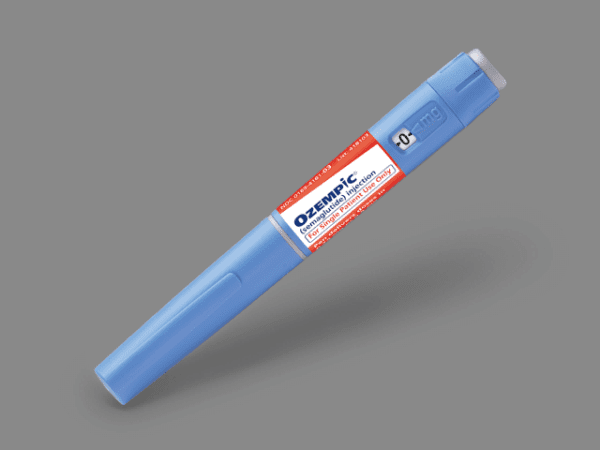
Take the first step today:
book an appointment to get your symptoms assessed and obtain a prescription online.

